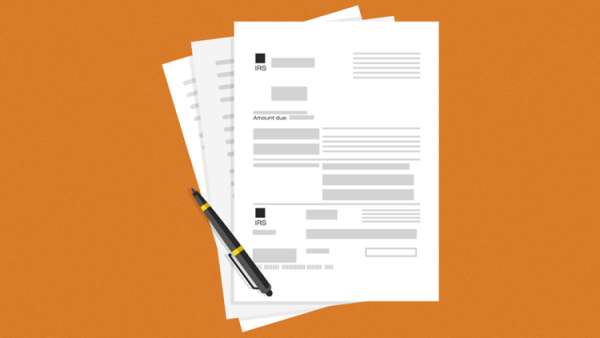Secure Act 2.0 Retirement, Tax Reform, and OB3
For tax professionals, these provisions are more than legislative footnotes—they directly impact how you advise clients, calculate retirement-related taxes, and practice compliance with IRS requirements.
Let’s break down these landmark updates and how The One Big Beautiful Act may or may not impact these provisions:
Required Minimum Distributions (RMDs): Age Shifts to Know
The SECURE Acts made significant changes to RMD starting ages—a critical planning factor for both individual clients and small business owners with retirement plans.
- SECURE 2.0 (2022):
- Raised the RMD age again to 73 for individuals turning 72 after 2022.
- RMD age is raising to 75 in 2033.
Tip: It is recommended that clients born in 1951 or later understand when RMDs start. Incorrect start dates can result in a 25% excise tax (reduced from 50% under Secure 2.0).
Roth Catch-Up Contributions and Roth Requirements
One of the most technical and impactful changes for high-income earners is the Roth catch-up mandate:
- Starting 2026 (delayed from 2024):
- Individuals aged 50+ earning $145,000+ (indexed) must make catch-up contributions to Roth accounts in employer-sponsored plans.
This creates additional planning needs around taxable income forecasting, Roth conversions, and retirement plan structuring. Preparers must review W-2 and plan documents to properly inform affected clients.
Startup Tax Credits for Small Employers
SECURE 2.0 enhanced tax benefits for employers starting retirement plans—crucial for tax preparers serving small business clients:
- Increased Credit: Up to 100% of startup costs for employers with 50 or fewer employees (max $5,000 annually for three years).
- New Employer Contribution Credit: For businesses with up to 100 employees, an additional credit of up to $1,000 per employee for employer contributions (phased down over 5 years).
Tip: When filing Forms 1120-S, 1065, or Schedule C, review whether a plan was started in the tax year and apply Form 8881 for eligible credits.
Other Key Provisions Affecting Filing Season
- Automatic enrollment may be required: New 401(k) and 403(b) plans must include automatic enrollment at 3–10% unless the employer qualifies for an exemption.
- Emergency withdrawals: Starting in 2024, penalty-free withdrawals up to $1,000 annually for emergencies, with repayment options.
- Student loan matching contributions: Employers can now match student loan payments with retirement plan contributions—requires tax pro coordination on payroll and benefits documentation.
How Tax Pros Can Prepare for the Upcoming Tax Season
- Update client intake forms: Add questions about new retirement contributions, Roth elections, and startup plans.
- Leverage Drake Software capabilities: Take advantage of plan input screens and form support for Form 8881, Roth designation tracking, and RMD monitoring.
- Communicate year-round: Use client newsletters or portals to alert high earners and small business owners about these updates — for example, the 2026 Roth mandate.
What About the “One Big Beautiful Bill Act”?
The recently passed One Big Beautiful Bill Act (OBBB) does discuss SECURE 2.0.
To learn more, read our recent blog article about Key IRS Trends and our post about The One Big Beautiful Bill Act.

